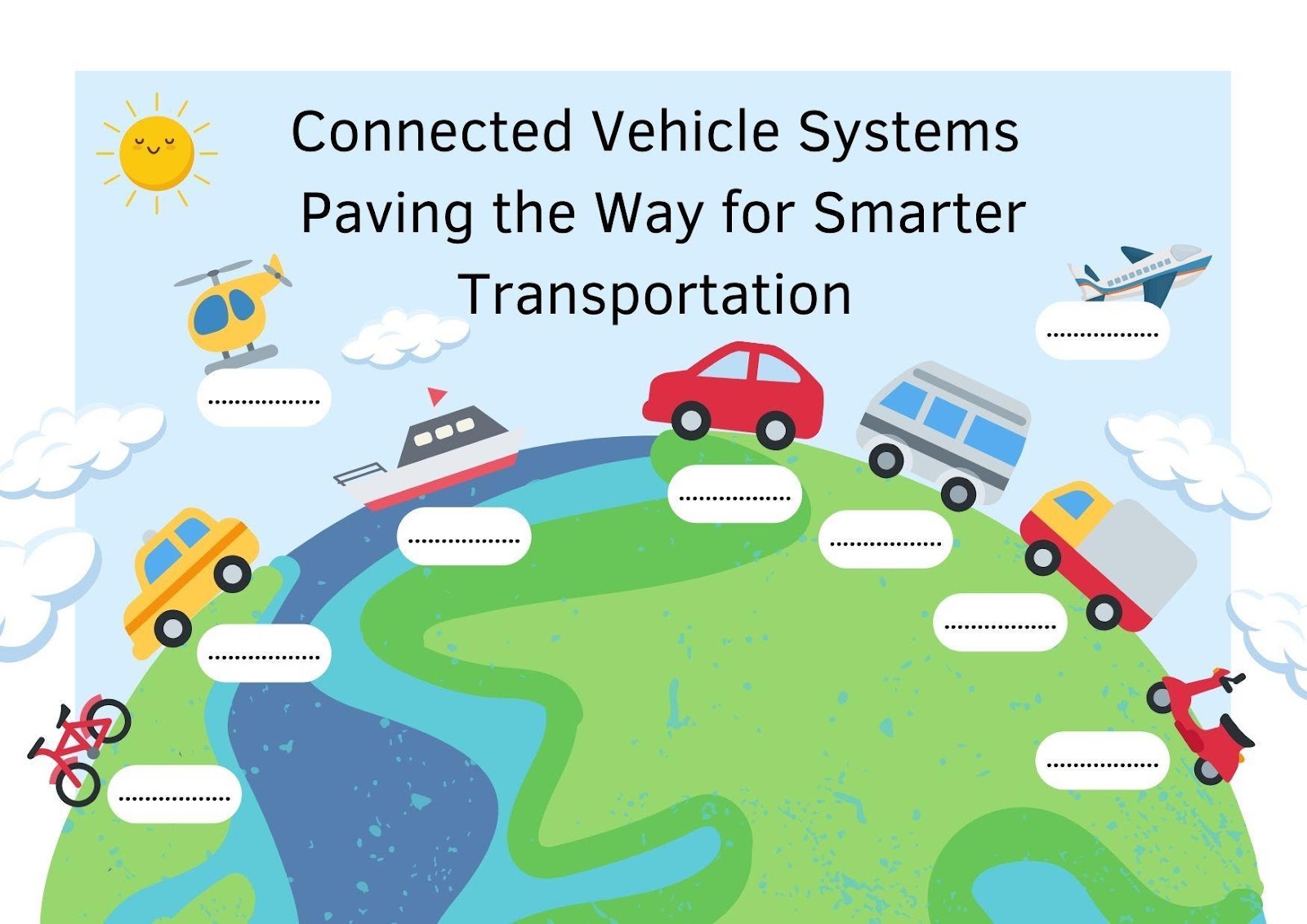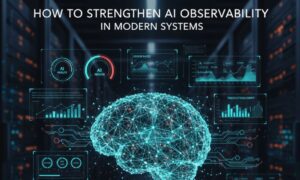In today’s fast-paced technological landscape, innovations in connected vehicle systems are reshaping how we think about transportation. This article, written by Utham Kumar Anugula Sethupathy, explores cutting-edge developments that bridge research and practical applications in mobility solutions. His expertise in emerging technologies underscores the transformative potential of these systems, inspiring a closer look at the innovations driving safer, smarter travel.
Seamless Communication Networks
At the heart of connected vehicle systems lies an intricate web of communication protocols that enable real-time data exchange among vehicles, infrastructure, and pedestrians. Innovations in vehicle-to-vehicle (V2V) communications allow automobiles to share critical safety and operational data instantly, supporting features like cooperative adaptive cruise control and synchronized platooning. Similarly, vehicle-to-infrastructure (V2I) networks integrate roadside sensors and smart traffic signals to optimize traffic flow and reduce delays at intersections. Additionally, advances in vehicle-to-pedestrian (V2P) communication leverage multi-modal sensing and machine learning to predict pedestrian movements, significantly enhancing safety in urban environments.
Innovative Safety Solutions
Modern connected vehicle systems have redefined road safety by merging advanced driver assistance technologies with dynamic, real-time communication networks. Traditional systems such as forward collision warnings and lane departure alerts are now supplemented by innovative autonomous emergency braking mechanisms that significantly reduce reaction times during critical moments. This integration enables vehicles to quickly adjust to sudden obstacles or hazardous conditions, ensuring more efficient collision prevention. Additionally, emergency response procedures are optimized through automated notifications to responders, delivering detailed crash data promptly. These remarkable advancements not only minimize accident risks but also build user confidence by creating a comprehensive, interconnected safety framework that adapts to evolving road conditions and emergency scenarios.
Smart Urban Evolution
Connected vehicle systems are revolutionizing urban development by integrating advanced technologies into city planning. Urban planners leverage digital twin models and predictive analytics to simulate transportation networks, assess infrastructure needs, and guide strategic investments. This data-driven approach enables targeted improvements that reduce congestion and enhance mobility. Eco-driving initiatives harness real-time information from connected vehicles to optimize driving behaviors, reduce fuel consumption, and lower emissions, contributing to cleaner urban environments. Additionally, the integration of automated electric vehicles with smart charging infrastructures supports sustainable energy use and reduces dependency on fossil fuels. These innovations collectively foster resilient and adaptive cityscapes, promoting efficient transportation systems and paving the way for a greener, more sustainable future. Together, these transformative technologies are redefining modern urban life and ensuring long-term prosperity.
Empowering Public Trust and Data Security
With technology advancing rapidly, ensuring public trust through robust data protection measures is paramount. Contemporary privacy frameworks use dynamic pseudonymization techniques and strategic mix-zones to safeguard personal information while maintaining system functionality. Advanced cryptographic protocols and adaptive security measures ensure that data exchanged between vehicles and infrastructure remains secure against cyber threats. Transparent data practices—such as real-time dashboards that share traffic and environmental metrics—help build public confidence, ensuring that users feel secure while engaging with these novel systems. At the same time, initiatives to bridge the digital divide are promoting equitable access, ensuring that the benefits of connected technologies reach all segments of society.
Looking Ahead: Integration and Innovation
The future of connected vehicle systems is marked by continuous integration of next-generation technologies. Emerging advancements such as 6G networks promise ultra-low latency communications and enhanced reliability, while sophisticated sensor fusion techniques—integrating millimeter-wave radar and LiDAR—are setting new standards in environmental detection. Edge computing is rapidly evolving to process vast amounts of data in real time, enabling decentralized decision-making that further enhances system resilience. As policymakers and stakeholders work together to develop adaptive regulatory frameworks and clear communication channels, the challenge of harmonizing diverse technological elements is steadily giving way to a more cohesive, innovative transportation ecosystem.
In conclusion, Utham Kumar Anugula Sethupathy, the evolution of connected vehicle systems is steering us toward a future where technology and urban living converge seamlessly. By integrating real-time communication, advanced safety mechanisms, smart urban planning, and robust data security, these innovations offer a practical roadmap to enhanced mobility. As cities evolve and transportation networks become ever more interconnected, the promise of safer, more efficient, and sustainable travel becomes a tangible reality.





























